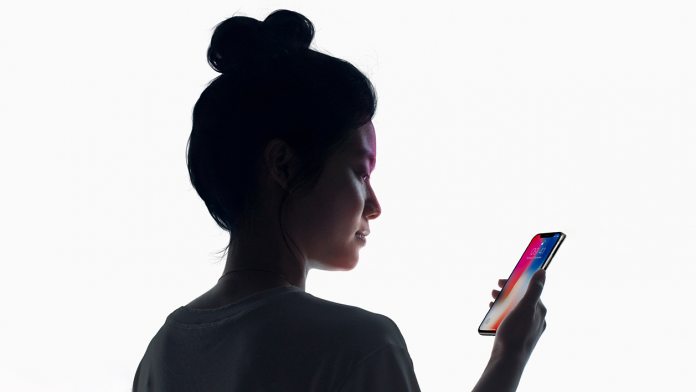Apple’s iPhone X has been sent out to reviewers, and the big focus has been on tricking its system. So far, they’ve tried realistic masks and images with no success, but identical twins and triplets seem to be a mixed bag. A Mashable test used two sets of identical twins, registering the phone to one’s face and trying to unlock it with the other’s. In both cases, it opened, completely fooling Apple’s Face ID technology. Wall Street Journal tried identical triplets and got the same results. Business Insider showed the opposite with twins, even testing hats, scarves, and glasses.
The ‘Random Stranger’ Clause
Some would say this proves Apple’s marketing is incorrect, but it’s worth noting that the company has always held it applies to a random person. At the unveiling, Phil Schiller way specific with his wording, noting. “Of course, the statistics are lowered if that person shares a close genetic relationship with you. So, for example, if you happen to have an evil twin, you really need to protect your sensitive data with a passcode.” Perhaps I am biased as an identical twin, but I still see this as a security flaw. Statistics show that crimes like identity theft are often committed by family members. They are more likely to have the relevant information and have physical access to someone’s devices. Apple is selling Face ID as better security than Touch ID, but does it really count when they exclude a significant portion of the population? A family member could pick up an iPhone X and have access to all that person’s data, even making purchases with Apple Pay. If I didn’t trust my twin, it would make me a bit nervous. I could go back to passcodes, as Apple suggests, but I would rather stick with fingerprints, which each twin has a different set of.




